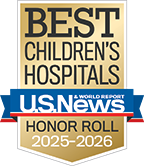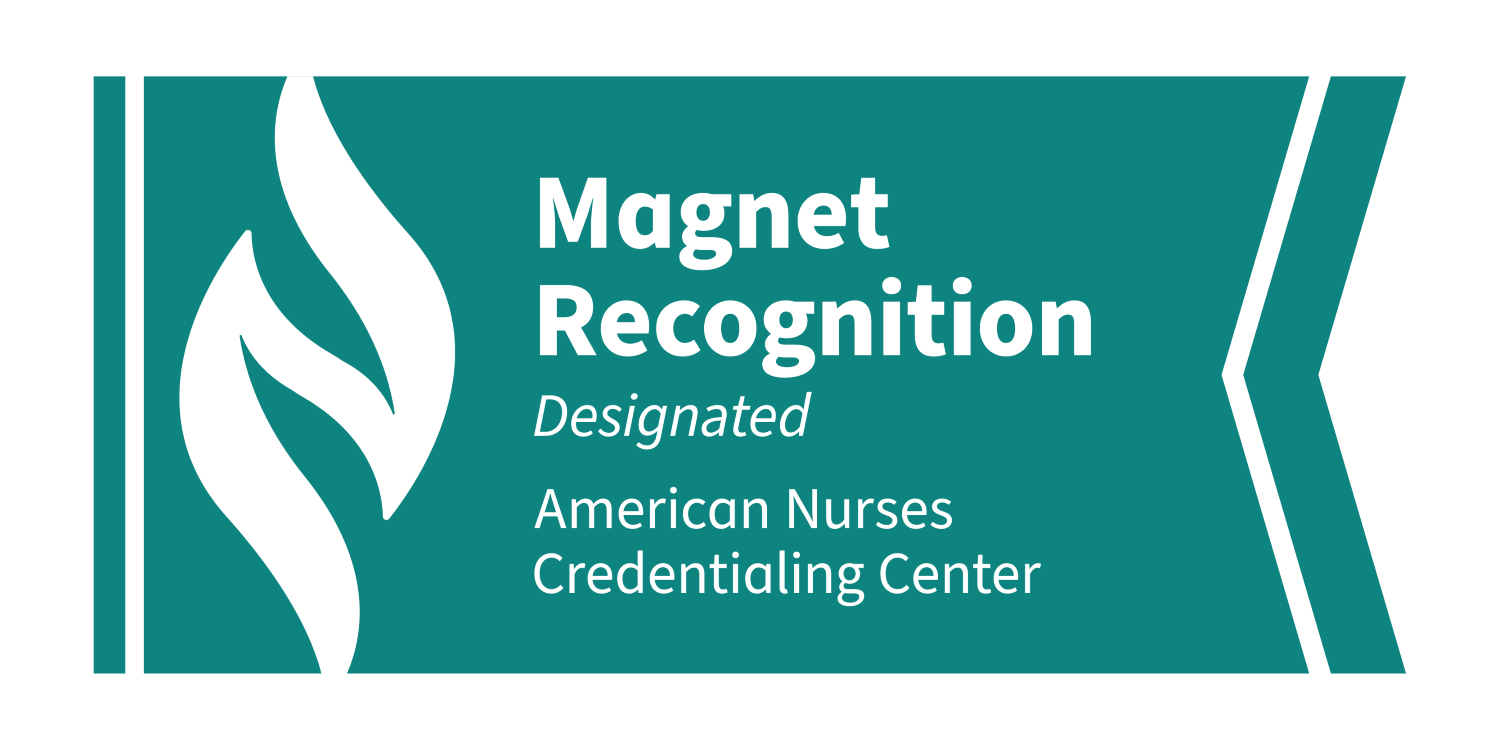Condition
Pediatric Herpes Zoster (Shingles)
What You Need to Know
Shingles (herpes zoster) is a painful skin rash. It’s caused by the virus that causes chickenpox.
Key Symptoms
Common symptoms of Shingles include:
- Pain
- Burning
- Tingling or itching on one part of the face or body
- Red rash or small blisters, usually on one side of the body
Diagnosis
Doctors typically diagnose shingles by:
- Skin scrapings
Treatment
- Antiviral medicine
- Pain medicine
Schedule an Appointment
Our pediatric specialists provide personalized care for your child’s physical, mental and emotional health needs. Meet the providers who treat herpes zoster (shingles) and schedule an appointment today.
Frequently Asked Questions
What is shingles in children?
What causes shingles in a child?
Which children are at risk for shingles?
What are the symptoms of shingles in a child?
How is shingles diagnosed in a child?
How is shingles treated in a child?
What are possible complications of shingles in a child?
How can I help prevent shingles in my child?
When should I call my child’s healthcare provider regarding shingles?
Departments that Treat Herpes Zoster (Shingles)

Dermatology
The Division of Dermatology at Children's National Hospital continues to expand services as more families seek our expertise in the diagnosis and treatment of disorders of the skin, hair and nails. Learn more about our division.

Help Kids and Make a Difference
Invest in future cures for some of life's most devastating diseases. Give today to help more children grow up stronger.







